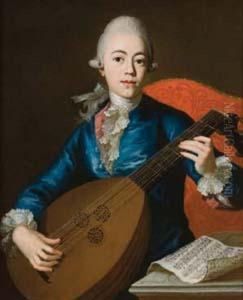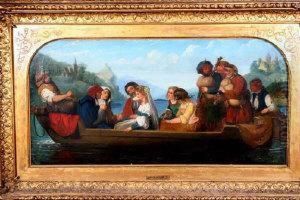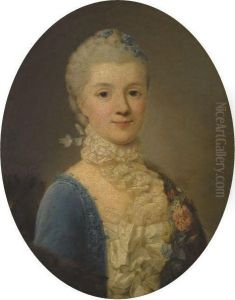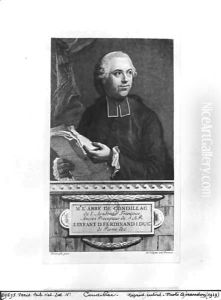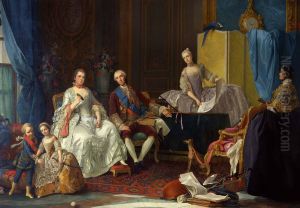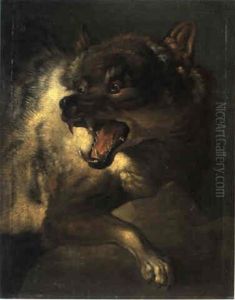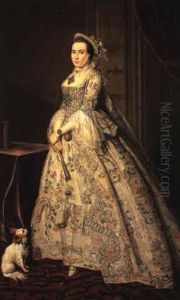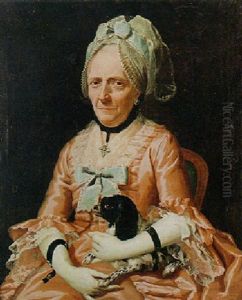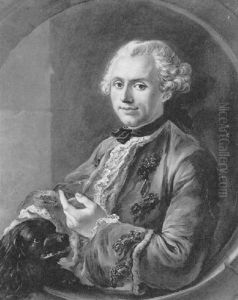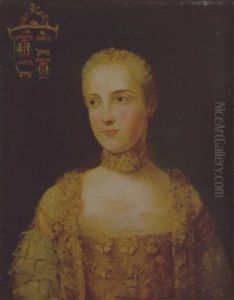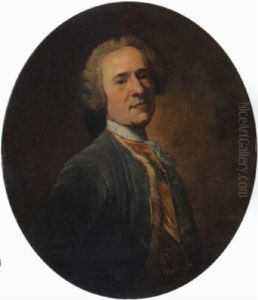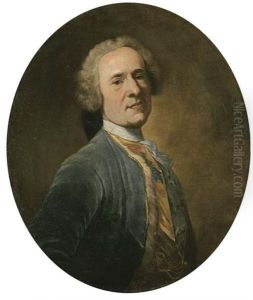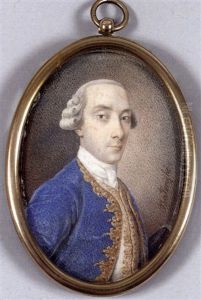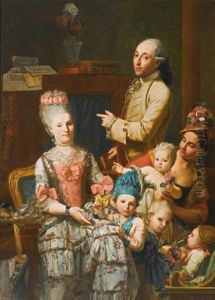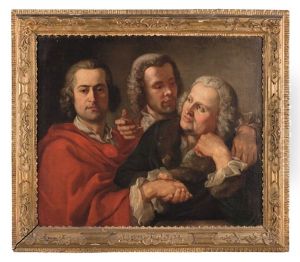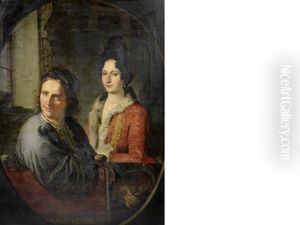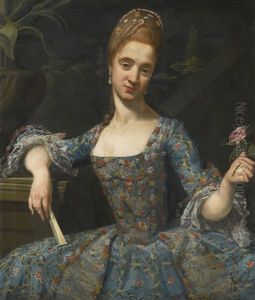Giuseppe Baldrighi Paintings
Giuseppe Baldrighi was an Italian painter, born in 1722 in Stradella, a small town in the province of Pavia, Lombardy. He is most notably recognized for his contributions to the Rococo style of painting, which emphasized grace, gentle action, and ornate detail. Baldrighi's early life was marked by his move to Parma, where he became a pupil of the painter Felice Boselli. His talent was soon recognized, and he was admitted to the Parma Academy, where he studied under the guidance of Giuseppe Peroni. Baldrighi's education was a blend of rigorous academic training and the influence of the flourishing artistic atmosphere in Parma, especially under the reign of Philip of Bourbon, who was a great patron of the arts.
During the 1740s, Baldrighi further honed his skills in Rome, where he was influenced by the works of Raphael and other Renaissance masters. This period was crucial in developing his style, which combined the clarity and ideal beauty of the Renaissance with the light, color, and playful themes of the Rococo. After his return to Parma, he became a prominent figure in the city's artistic life, executing commissions for the Ducal court and for several churches and private patrons. Among his most famous works are the frescoes in the Palazzo del Giardino in Parma, which showcase his mastery of light and decorative detail.
Baldrighi's art is characterized by its elegance and vivacity, often featuring mythological and allegorical subjects, as well as portraits of the nobility. His work reflects the transition from the Baroque to the Rococo, and he is considered one of the key figures in the development of the latter style in Italy. Despite his success, Baldrighi remained closely tied to Parma throughout his life, contributing significantly to the city's cultural heritage.
He died in 1803, leaving behind a legacy that has been somewhat overshadowed by his contemporaries. However, recent scholarship has begun to revisit Baldrighi's contributions to 18th-century Italian art, recognizing his role in the diffusion of the Rococo style and his influence on subsequent generations of artists. His works are now appreciated not only for their aesthetic qualities but also for their historical significance in the evolution of European art.
